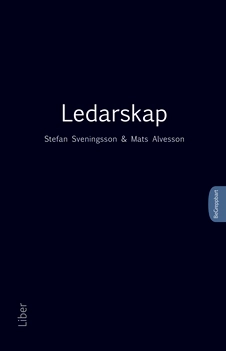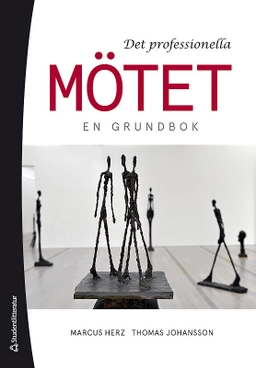The new edition of this best-selling guide carefully leads the user through the process of using SPSS (now called PASW) versions 16 and 17 to analyze psychological data. The authors review the basic issues regarding design and proceed through all of the major statistical techniques used in psychology, from introductory to advanced level. As with previous editions, the book retains the comprehensive coverage, clarity and flexibility that has made it an indispensable resource for students at all levels.
This 4th Edition:
covers SPSS (now called PASW) versions 16 and 17 and is backward compatible with other versions focuses specifically on the needs of psychologists and psychology students features a new color layout and chapter tabs for easy reading and navigation displays annotated screenshots and key 'tip' boxes to help students track their progress and avoid common pitfalls provides expanded coverage of graphing and guides students through reporting the outcome of statistical analysis sets SPSS in the context of research design and statistics, and discusses the rationale and use of each test throughout Comprehensive in coverage, the book reviews advanced statistical material such as ANCOVA, factor analysis, logistic regression, and discriminant analysis as well as issues related to research design, data entry, data handling, data manipulation and modification in SPSS; how to calculate basic statistical procedures using SPSS; tests of difference for two sample designs, tests of correlation, and tests for nominal and categorical data; and tests for experiments involving complex designs or for data obtained using surveys. SPSS for Psychologists, 4/E covers SPSS versions 16 and 17, but is also appropriate for earlier versions. The book highlights the differences between the versions and includes coverage of reliability measures, partial correlations, and using statistics for scale constructions.
Each statistical test features a brief description, an example of typical or actual research that might be analyzed using the test, and step-by-step instructions on how to perform the test using SPSS. Numerous screenshots and detailed descriptions of the steps required to perform the test, are included. Annotated examples of SPSS output help the reader understand and report the results of their analyses. Information on how to insert output into a text document is also included. A number of sample exercises, datasets, and other useful information is found on a companion Web site at www.palgrave.com/psychology/brace
Åtkomstkoder och digitalt tilläggsmaterial garanteras inte med begagnade böcker





















